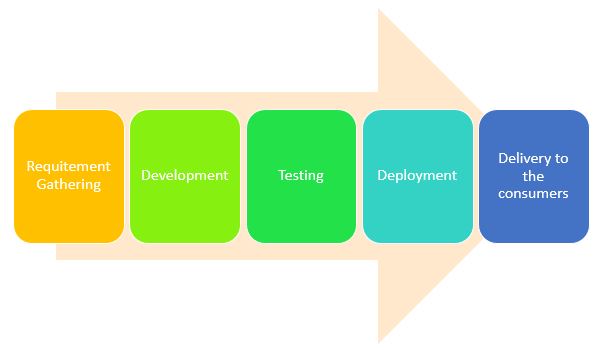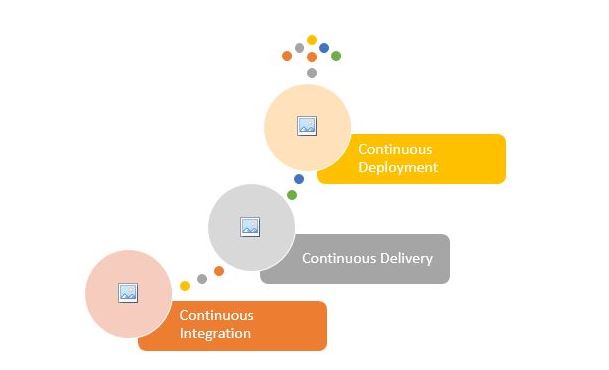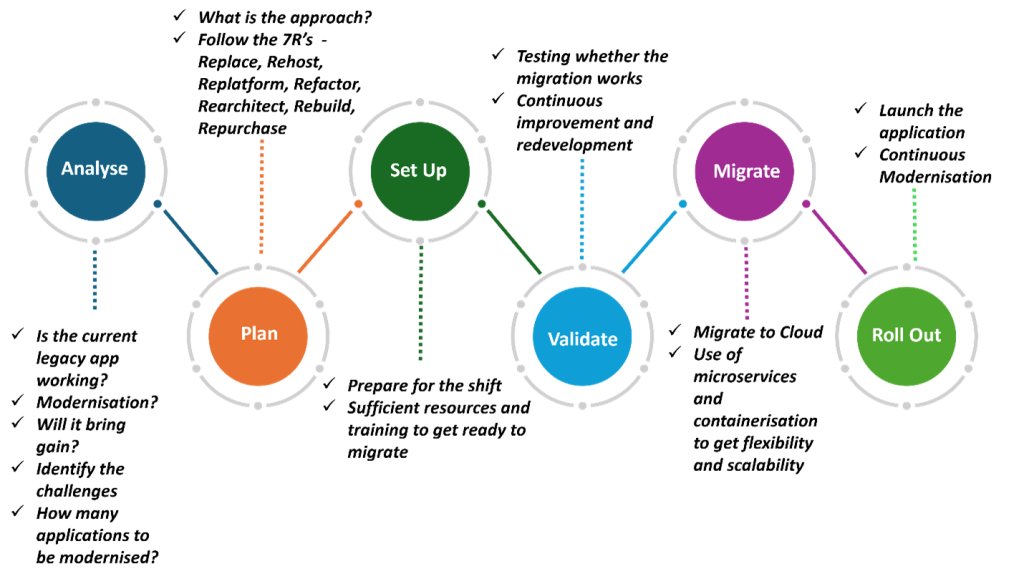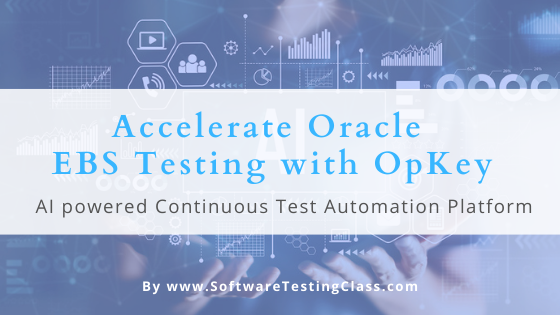DevOps has brought a renaissance to the IT industry by changing the way different teams operate and collaborate in the process of workflows and chains. Adopting DevOps culture is not a very straightforward process for any organization as it...
DevOps has brought a renaissance to the IT industry by changing the way different teams operate and collaborate in the process of workflows and chains. Adopting DevOps culture is not a very straightforward process for any organization as it keeps on evolving. Currently, many organizations have achieved some level of DevOps implementation in their software journey, while some others are still in the process of planning to adopt the DevOps solution. DevOps Maturity model can be defined, as a model that governs any organization standing in DevOps solution migration along with determining what more to get accomplished to achieve the valuable results to the organization.
The growth of the DevOps maturity model depends on continuous learning from teams as well as organization management. As the capabilities and skills grow, more will be the ability to handle issues of scale and complications. There are numerous phases to the DevOps maturity model, the key phases are explained below.
Waterfall or SDLC (Software Development Lifecycle) Development
 Software Development Lifecycle Development
Software Development Lifecycle DevelopmentBefore DevOps maturity to hit the organizational workflow of continuous integration, development teams were consuming lots of time to write code for four to six months. After the development completion, the teams would merge their code to prepare the release. The complexity that has been added due to many code versions along with many changes result in delaying the actual integration that can take up to months to complete. SDLC has a separate testing phase too where a considerable of time, effort, and money have been spent to gain confidence with the integrated code to release. Therefore, such a process was very fruitless.
Continuous Integration
Continuous integration is the DevOps model that enables the quick integration of the newly developed code with the existing application code which is to be released to add a new module or functionality. The continuous integration approach helps to save a lot of time towards the release of code. In other words, Continuous integration is an agile engineering practice that originates from the Extreme Programming (XP) methodology. It requires automation to achieve the continuous integration that enables to execute continuous integration successfully. It is considered as the first step down the path toward the DevOps maturity model. The continuous integration process covers the following aspects of the project.
Checking the code into the repository.Compiling the code after checking it out of repository to put into usable i.e. binary executable code.Running the basic validation testing on the built code. DevOps-Phases
DevOps-PhasesContinuous Delivery
The next step in the DevOps maturity model is the Continuous delivery, after the continuous integration. It operates on top of the continuous integration, as shown in the diagram. Continuous delivery helps to execute the following.
Add additional automation and testing to assert the compatibility of newly merged code with the actual application code line frequently.It asserts the code that is ready to deploy without any human intervention.It helps to make a practice of preparing the code base continuously in a ready-to-deploy state.Continuous Deployment
Continuous deployment is different from the continuous delivery phase of the DevOps maturity model. It has considered the most advanced evolution of the continuous delivery phase. It is a practice of deploying the integrated code into production with almost no human intervention. Such a practice completely mitigates the risk of failures due to any manual interventions. It enforces the process to ensure that untested code can never be deployed into production. It enables the execution of the code through automated testing before it gets promoted to production. Initially, the released code is made available to a few users to get their automated feedback loop to monitor the quality and usage before the code gets promoted further. Many organizations such as Pinterest, Flicker, Netflix, Etsy, Amazon, IMVU, and Google are popularly known to truly practice continuous deployment, while others are often focused only on moving towards continuous delivery.
Conclusion
In this article, we discussed different Phases of the DevOps Maturity model and the limitations in the existing SDLC (Software Development Life Cycle). The flaws of the SDLC model were overcome with the use of automation tools and practicing continuous integration, continuous deployment, and continuous delivery.
? Subscribe Us ?
If you are not regular reader of this website then highly recommends you to Sign up for our free email newsletter!! Sign up just providing your email address below:
Enter your email address:
Check email in your inbox for confirmation to get latest updates Software Testing for free.
Happy Testing!!!
The post What Are the Phases of DevOps Maturity? appeared first on Software Testing Class.











